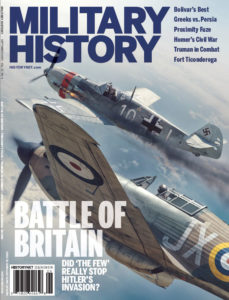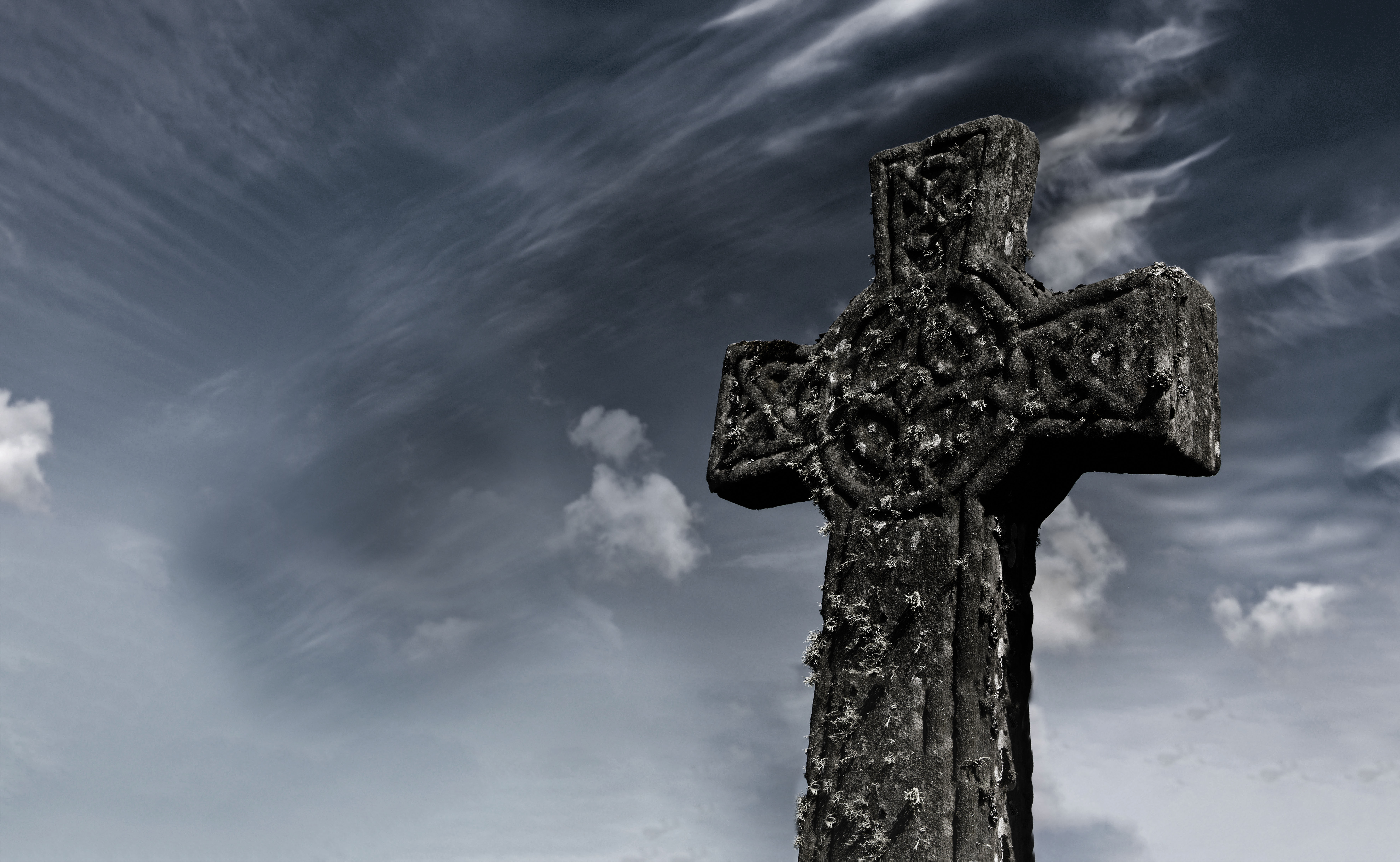From its beginnings the island known today as Great Britain has been the target of successive invaders. Before the Normans invaded in 1066, parts of the British Isles had been ravaged by Scandinavian raiders known as the Danes, Norsemen or Vikings. Before those raiders came Germanic invaders—mainly the Saxons, Angles and Jutes—and before them landed the legions of the Roman empire.
There to meet each of these onslaughts was an ancient tribal people known today as the Celtic Britons, among the fiercest of whom were the Picts. In the second century the latter faced down the Romans, forcing the legions to stop short of what would become Scotland and build the defensive Hadrian’s Wall, spanning the width of the island from the North Sea to the Irish Sea. Half a millennium later the Picts clashed with Angles at the 685 Battle of Dún Nechtain, an engagement some historians believe forged the roots of present-day Scotland.
The Picts inhabited the north and east of what today is Scotland. While much of their history went unrecorded, many historians suggest they were not a homogenous people, but a confederation of Celtic tribes that banded together only when threatened by a common enemy. In most cases those enemies were carrying both crosses and swords.
The Romans called these ferocious northern Britons “Picts,” from the Latin picti (“painted”), a possible reference to the tattoos worn by warriors the legions encountered. Unfortunately, there is no record of what they called themselves. Germanic invaders used the term “Pict” as a pejorative to describe any of the various clans north of the Forth–Clyde isthmus. Thrown into direct contact with the hostile clans were the Angles of Northumbria, a kingdom spanning present-day northeast England and southeast Scotland.
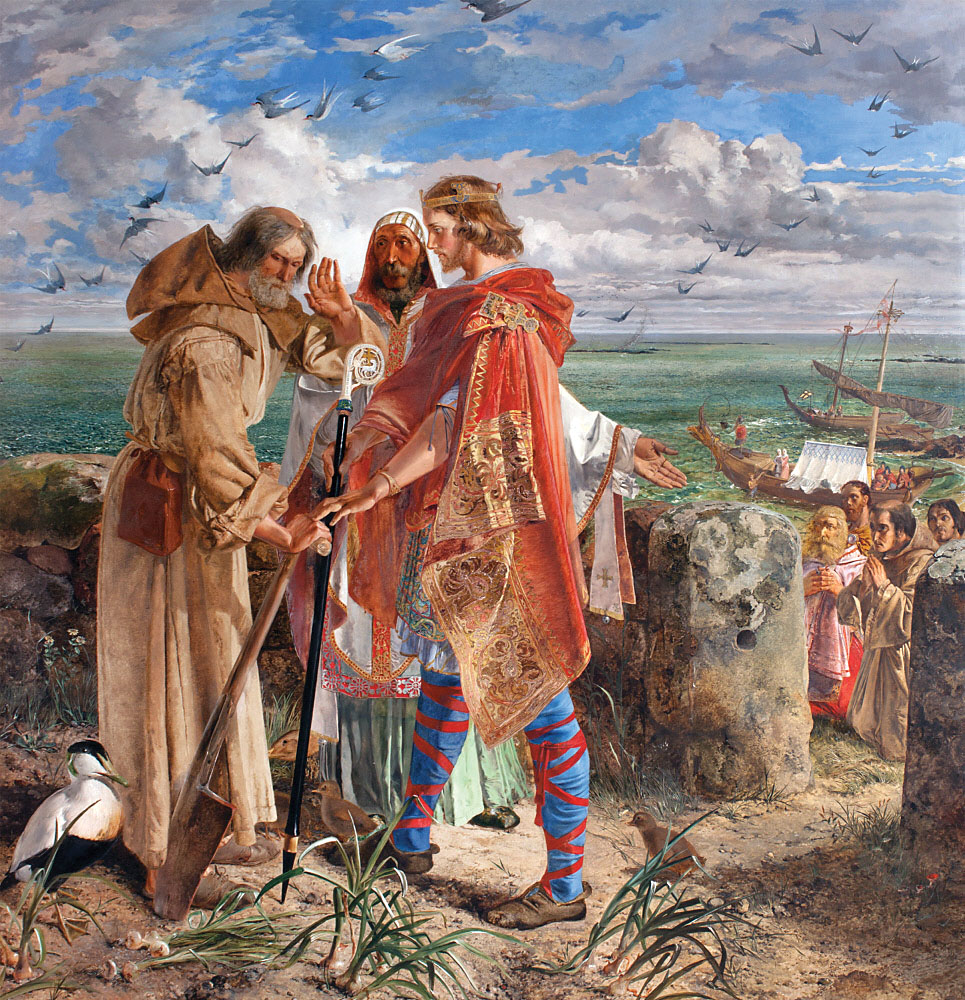
Starting with the earliest Roman invasion, Christian missionaries ventured into the wilds of Pictland in an effort to convert the polytheistic people. Though they had some success, many early missions resulted not only in apostolic failure, but also in the death of the proselytizers. The legions’ efforts to subdue the Picts by force were equally unsuccessful.
Christianity took hold among the southern Picts sometime during the 412–52 reign of Pictish King Drest (or Drust). Widespread conversion dates from the mission to Pictland of Irish abbot and evangelist Columba (or Colmcille) in 563. He arrived amid the c. 554–84 rule of Bruide mac Melcho (also known as Bridei I), who had united many of the northern and southern Picts.
Columba was an apostle of Celtic Christianity, a form of Catholicism popular in Ireland and Wales, and may have personally converted Bruide. While many of the Picts were Christianized by the time of Columba’s death at his Inner Hebrides abbey of Iona in 597, many also, or still, followed their old beliefs. Despite their differences, the Picts remained united in times of trial and came together to face the ever-increasing encroachment onto their lands by the Northumbrians.
In 685 Britain remained far from united. What would become England largely comprised the Germanic kingdoms of the Angles, Saxons and Jutes. Among the largest was the Angle kingdom of Northumbria, which bordered Pictland on the north, the Brittonic kingdom of Strathclyde (or Alt Clut) on the west and the North Sea on the east. South and east of Northumbria lay the Angle kingdom of East Anglia and the Saxon kingdoms of Mercia and Wessex. West of them dwelled the Celtic Welsh. Pictland was home to the Picts and other Britons, as well as the Gaelic Scots.
From its foundation as a unified kingdom under the reign of Aethelfrith (593–616) Northumbria often warred with the Mercians to the south, Britons to the west and Picts to the north. Its unification came at the edge of a sword as the Angles subdued the native Britons in one battle after another, culminating with the Battle of Catraeth in 600, a clash commemorated in Welsh verse. Cross-border raids continued under successive Angle kings, always with the goal of expanding the kingdom and enhancing their power.
While Edwin (616–33) was the first of the Angle kings to be converted, Northumbria fully embraced Christianity under Oswald (634–42). Commissioned by the Irish apostle Aidan, monks went to all corners of the kingdom and north into Pictland to convert the pagan Angles and lapsed or unsaved Picts to Celtic Christianity. A split came with the 664 Synod of Whitby, when Oswald’s brother and successor, Oswiu, committed his kingdom to following certain Roman Catholic traditions, adding a religious rift to the extant border tensions.
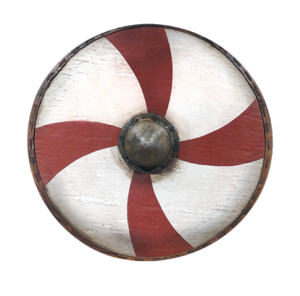
There were marked differences between the cultures of the Northumbrians and the Picts. The Picts, whose society was based on distinct clans, traditionally came together only during times of crisis, dispersing once the danger had passed. Such major decisions as going to war were made in council, clan leaders mutually agreeing on what action to take and then leading their respective forces. Each was accountable to his own people.
Like the Saxons, the Angles of Northumbria had forged a society in which one man, the king, made all military, political and religious decisions, usually without the input of his people. He could spend money and assemble an army at will. Given such sweeping authority, successive Angle monarchs had seized territory from the Mercians, Britons and southern Picts, taking on one group at a time and then subjugating the defeated populations. It is far easier to fight a war of attrition when one divides and conquers, subduing one clan at a time.
To face the ever-increasing threat from Northumbria, the Picts adopted their enemy’s leadership structure and joined forces under a centralized monarchy. To thwart Angle ambitions, the northerners realized they had to present a united front, as well as a command structure in which one person could make instant decisions, rather than consult a host of often argumentative advisers. That was the valuable lesson they had learned from the Northumbrians—a lesson that would soon come back to haunt their Angle nemesis.
By 670 Northumbria had seized large swaths of southern Pictland. That same year Oswiu died, leaving his son Ecgfrith as his successor. Ecgfrith in turn gave his 9-year-old brother dominion over the southern half of the kingdom. The Picts exploited the transition to launch attacks aimed at retaking their land. The revolt was short-lived, as the following year a force of Northumbrian cavalry rode north, soundly defeated the Picts and re-established Angle rule.
Adding insult to injury, Ecgfrith demanded tribute, dismissing the various Pictish leaders as puppets who would do his bidding. One of those supposedly subordinate chiefs was Bruide mac Beli, and underestimating him was something Ecgfrith would come to regret.
In the wake of their failed rebellion the Picts deposed their king, Drest mac Domnal, in favor of Bruide mac Beli (also known as Bridei III). The son and grandson of Pictish kings, Bruide didn’t consider himself subordinate to anyone. Indeed, within a decade of his accession to the throne he carried out energetic domestic military campaigns against Scots along the west coast and in the northern Orkney Islands. As he flexed his muscles, the Pictish king chafed under the puppet role to which Ecgfrith had consigned him.
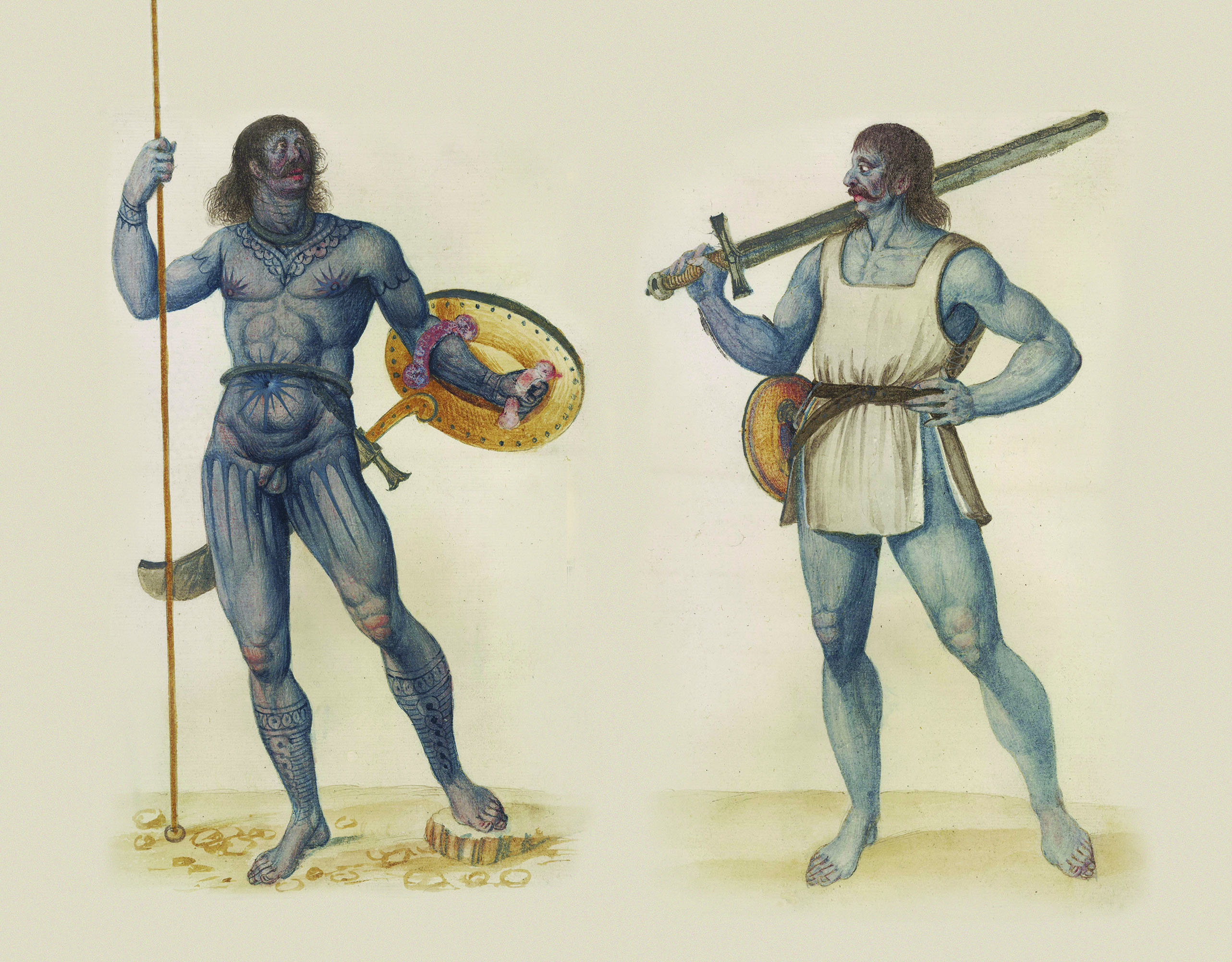
Despite his objections, Bruide continued to send a token tribute to the Northumbrian king in the form of cattle and grain, but only to buy himself time to consolidate his power and unite the Picts. By 685 the tributes had stopped, and Pictish raids into Northumbria had increased. Pushed to the brink, Ecgfrith—against the advice of his council—mobilized a force and marched into Pictland to quell the uprising once and for all. His all-consuming desire to put Bruide in his place clouded Ecgfrith’s judgment, prompting him to launch his campaign against the Pictish king with what in hindsight seems a less than sufficient force. While the exact size of Ecgfrith’s army is unknown, chroniclers claim his cavalry numbered around 300, though he surely would have had infantry as well.
Rough estimates place the number of Pictish forces in the thousands.
Thanks to the English Benedictine monk and chronicler Bede the Venerable (673–735), who wrote from a Northumbrian monastery a half century after the decisive clash between Ecgfrith and Bruide, we know the exact date of what is known variously as the Battle of Dún Nechtain, Nechtansmere, Dunnichen or Llyn Garan. The Angles and the Picts crossed swords on May 20, 685. Beyond that, details are hard to come by. With no written records from the Picts and scant accounts from the Northumbrians, some sleuthing and inference is required to piece together the events of the battle.
One possible source of information regarding the Dún Nechtain fight is a 7½-foot-tall carved standing stone in a small churchyard in Aberlemno, Scotland. One of five such Early Medieval stones in and around the namesake village, Aberlemno 2, as it’s designated, bears an ornately rendered Celtic cross on one side and what appears to be a battle scene on the reverse. Depicted in three rows, the warring figures, both on horseback and afoot, bear spears, swords and shields. Though weathered by time and nature, most of the horsemen appear to be wearing Anglo-Saxon helmets. Though evidence suggests helmets were uncommon at that early date, some scholars have hypothesized the helmeted figures represent Ecgfrith’s cavalry. While debate continues over whether the scene depicts the Battle of Dún Nechtain, one argument in favor of such a conclusion is the stone’s proximity to present-day Dunnichen, just 4 miles to the south.
Much of the evidence for Anglo-Saxon arms and armor has been recovered from period graves. Ecgfrith’s cavalrymen would have carried an assortment of weapons—including spears, swords and knives—and may have worn coats of mail. Each likely would have borne a round wooden shield made of alder, willow or poplar with a central iron boss. If the men did wear helmets, they would have been skullcaps made of iron and leather with long nose guards, like those depicted on Aberlemno 2. Foot soldiers would have been similarly outfitted and armed.
There is some evidence Bruide had cavalry as well, though unlike the large warhorses ridden by the Northumbrians, the Picts would have been astride the smaller native ponies found up north. Mounted Picts and their infantry counterparts would have been armed much the same, with spears, swords, knives and axes. As mail was expensive, few, if any, of Bruide’s warriors would have worn it, preferring instead heavy overshirts or coats of boiled leather. Helmets were equally scarce.
Bruide realized the Northumbrians were better armed, better trained and led by professional soldiers. His Pictish troops, while all experienced warriors, were not used to fighting as a cohesive unit under one commander. Fiercely independent, his men would need to hold together if they were to win.
Fortunately, in Bruide they had a confident, shrewd and tactically savvy commander.
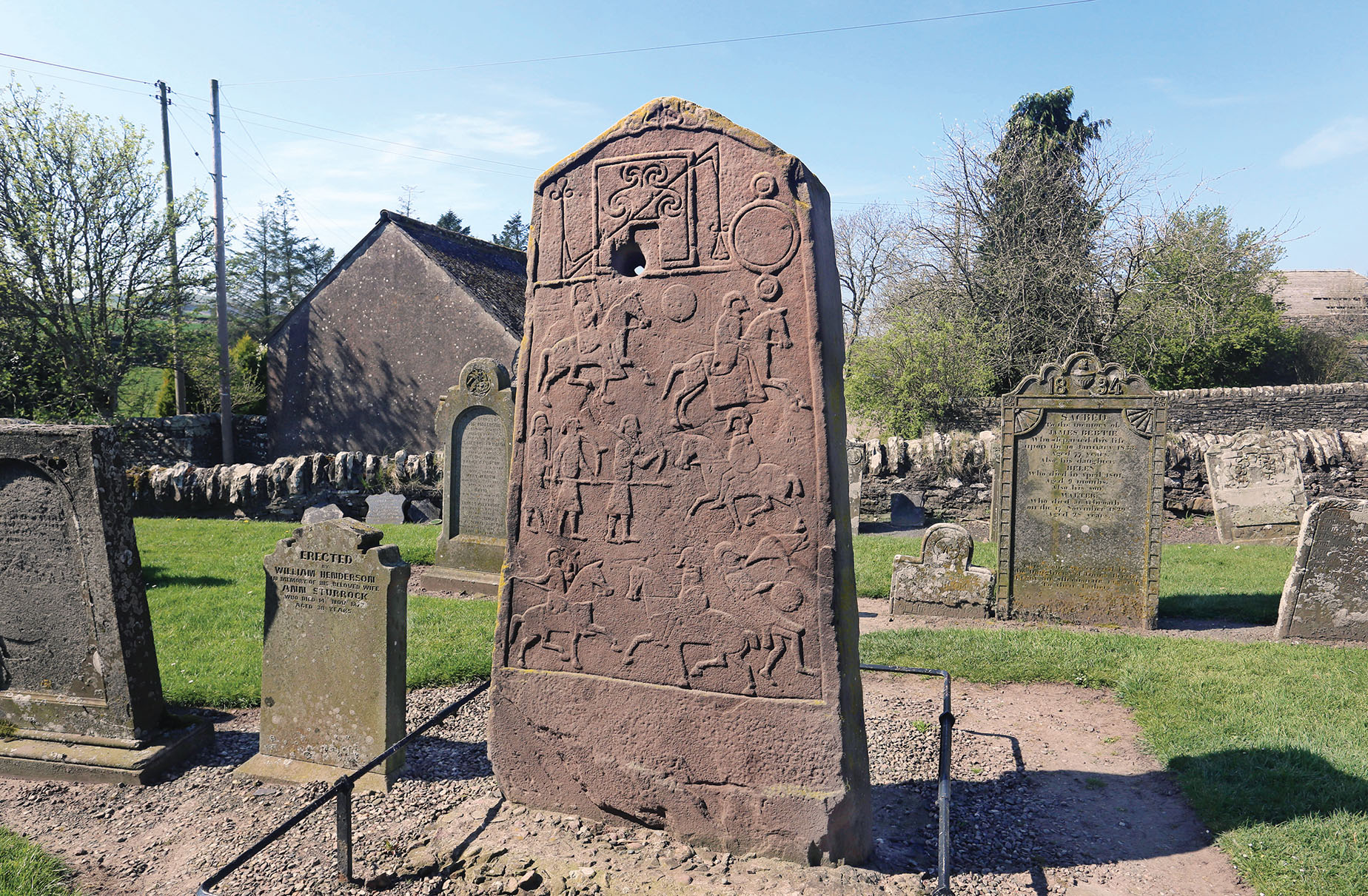
The Pictish king knew his men would not prevail were they to go toe to toe with the Angles. Bruide needed to get Ecgfrith to fight on his terms, in an area where the Northumbrian cavalry would be of little use. He picked the high ground of Dún Nechtain to make his stand. Bypassing the hill was a narrow path flanked on either side by marshy Nechtain Mire—a natural bottleneck. Bruide’s challenge was how to lure Ecgfrith into the trap.
While keeping his main force concealed behind the summit, the Pictish commander sent out skirmishers to harass the enemy and then fall back. Ecgfrith, in his overzealous desire for a quick kill, urged his forces forward in pursuit. Time and again the Picts feigned retreat, drawing the Northumbrians ever deeper up the narrowing path. The ruse had worked.
As the Northumbrians reached the base of the hill, Bruide struck, trapping them between the Picts to the front and the marshes to either side. The only way out was the narrow path behind them. Too late Ecgfrith realized his mistake. With few options, he sent his cavalry on an uphill charge, hoping to break the Pictish line. Ranks of spearmen repulsed the charge, forcing the Northumbrians back downhill. Bruide then led a countercharge with his own mounted men. Reeling on their exhausted mounts and mired in the surrounding marsh, the Northumbrians were hard-pressed to defend themselves.
By the time the fighting ended, Ecgfrith and most of his men lay dead, the overconfident king likely among the last slain. While some Northumbrians managed to escape, those falling into Pictish hands were either killed outright or sold into slavery.
The Battle of Dún Nechtain was more than just another clash in the seemingly endless cycle of war between the Anglo-Saxons and Celts. That single battle broke Northumbria’s grip on the region and secured the lands of the Picts, Britons and Scots—for a time. It also drove Roman Catholic missionaries and adherents from the north, allowing Celtic Christianity to flourish.
Bruide reigned over a peaceful and secure Pictland until his death in 693. Through his boldness and with his gains he’d established roughly what constitutes the present-day border of Scotland and England. MH
Dana Benner is a frequent contributor to Military History. For further reading he recommends The Makers of Scotland: Picts, Romans, Gaels and Vikings, by Tim Clarkson; Scotland: A History From Earliest Times, by Alistair Moffat; and The Anglo-Saxons: A History of the Beginnings of England, 400–1066, by Marc Morris.
This article appeared in Military History magazine. For more stories, subscribe and visit us on Facebook.
